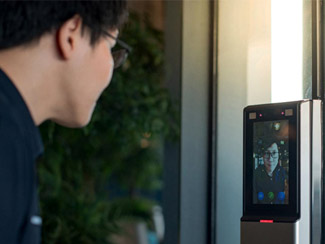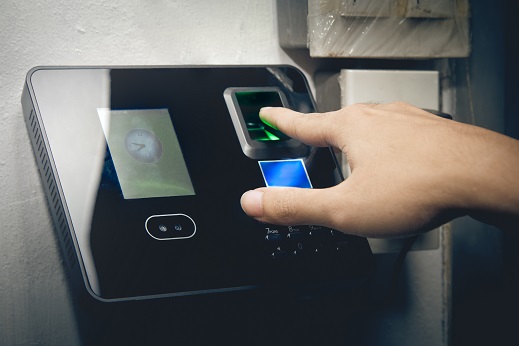Logistics and E-commerce are two industries that deploy complex and challenging workforce and operation set-ups. Be it a small or large corporation, keeping them functioning like a well-oiled machine requires a robust time attendance and workforce management platform. If not, it could result in payroll leakages and affect operations of the business.
Blog
The modern time attendance and workforce management software that you see today is the result of a long transformational journey. In this blog, we delve into the evolution of time attendance software. Having said that, it’s not just about the evolution; it is more about why today’s state-of-the-art time attendance systems are a high-priority and how they can put organizations ahead of the curve.
Ever since man came into being, identifying humans and their cohorts has been a necessity. This is why slaves were branded with irons to ‘mark’ them in for identification of their status in society and to whom they belonged. Today, we use biometrics as the branding iron for identification of human beings.
Organizations around the world often grapple with finding optimum ways to manage their workforce. As companies expand, the leaders face hurdles with workforce management and process automation.
Over 100 countries have enforced partial or complete lockdown owing to the rising numbers in this global pandemic. Our daily lives have been upended, and virtual experiences have become increasingly.
With the number of coronavirus-infected (COVID-19) individuals crossing 203,000 worldwide, the World Health Organization (WHO) has declared it to be a global pandemic. In India, the number of infected, while relatively smaller is steadily on the rise.
Every organization reaches a point when it can no longer sustain itself with manual processes to manage people-related data. As a company grows, it won’t be easy to manage attendance and payroll with a haphazard system of spreadsheets, documents, and post-it notes.
In the current global environment, it is critical to remain viable and maintain employee productivity.
When we were young, we would be amazed watching sci-fi movies and shows, where characters would access hidden rooms and offices via iris scans and face scans. It seemed so out-of-this-world then. Fast forward to the present day and we have biometrics!
Labour and schedule forecasting is an important part of the service industry, and specifically workforce management.











